Let’s face it; everybody has an idea for a business at least once in their lives. Very few people actually act on this idea, and even fewer have a genuine market impact.
Your big idea is never enough. It’s about having the right idea at the right time, working with the right people to communicate it in the right way.
Every decision you make before you launch has the potential to alter your business’ trajectory, and founders are constantly looking out for tips and tricks to ensure this launch is as successful as possible, juggling the myriad pressures of competition, investment and timing.
Set against a post-covid backdrop of economic uncertainty, the rise of AI and a rapidly changing political climate, today’s window for success feels smaller and more elusive than ever.
One strategy for startups is running in ‘stealth mode’. Stealth-mode businesses are becoming increasingly popular, with Sifted’s analysis of LinkedIn data showing 3x the number of people working in a stealth startup in 2023 compared to 2021.
So, should you be running your startup in stealth mode? What actually is stealth mode? Will you need a codename and a secret office entrance? Let’s get into it.
What is a stealth-mode startup?
A startup run in stealth mode refers to a deliberate strategy where a business hides information about its product, technology or business model to the public. Instead, it operates in relative secrecy, revealing information only to a select group of people – investors, strategic partners and employees, obviously.
There are two types of stealth mode strategies: ‘total stealth’ and ‘in-company stealth’.
Total stealth is full James Bond mode. We’re talking fake company names, intentionally misleading public comms, or a complete comms blackout.
In-company stealth generally refers to established businesses who are launching a new offering. Microsoft is one of the biggest proprietors of in-company stealth, having code names for its major updates – e.g., ‘Chicago’ for Windows 95 and ‘Threshold’ for Windows 10.
Why stealth mode?
Right, so the next question: why?
Well, following this path offers several advantages that may increase your chances of success.
- Protecting IP. Especially in today’s hyperconnected and globalised market, stealth mode protects intellectual property and stops imitators from hijacking your idea. This is the core benefit of employing a stealth strategy.
- Curated buzz. Everybody loves a mystery. Running in stealth mode allows you to drip-feed information to the public, helping you better control the narrative around your product or service and set the stage for your big launch.
- Focused development. Shielded from external pressures and public scrutiny, stealth-mode startups can focus on refining their product or service without external noise.
- Strategic partners. You can leverage the secrecy of your operation to partner with investors and larger industry players who want to get in on the next big thing at the ground floor.
Why (not) stealth mode?
Despite a cool sounding name, there are some major drawbacks to a stealth strategy that you will need to seriously consider before making a decision.
- No feedback. Direct feedback on your product or service, from the people who will actually use it, is crucial. Stealth mode removes this feedback loop in the development stage.
- Difficulty fundraising. Running in stealth mode does not deter investors (more on this later), but the strategy can exclude you from accessing other forms of fundraising. For example, you can say goodbye to crowdfunding or joining an accelerator program.
- Attracting talent. It can also be difficult to find the right talent to bring your idea to life, as vague, esoteric job descriptions can put off applicants.
Should I start my business in stealth mode?
There is no one-size-fits-all solution for how to run your business. But there are specific scenarios where a stealth-mode approach may just be the secret ingredient.
- Highly original, disruptive innovations. If you think you’re going to rock the boat with your technology or service, stealth mode lets you protect your concept until you’re ready to change the game forever.
- Saturated markets. In industries where competition is fierce, operating under the radar can give you a valuable edge, allowing you to fine tune your offering before releasing it.
- Complex solutions. If your product’s mechanics are intricate, stealth mode allows you to resolve technical challenges before releasing it to the public.
- Rebranding. If you are undergoing a transformation of an existing business, stealth mode offers the opportunity to rebrand without the external commentary; to present your new brand to market in its entirety.
Not sure where you fit? Why not drop our strategy team a line to see if they can shine a light on the path forward.
P.S. — Securing investment in stealth mode
We touched on this before, but running a startup in stealth mode means you may need to approach your investor strategy differently. While you’re not singing about your product from the hilltops, benefitting from the support of an accelerator program or tapping into crowdfunding, running a startup in stealth may actually help you attract investment.
Augustine Sayer, a general partner at Paris-based VC, ONVI Capital, says that building a company in secrecy can actually increase the number of VCs getting in contact with your business:
“When someone puts themselves in stealth mode they’re creating FOMO … when a founder is working on something in stealth I think, ‘This person must understand how venture capital works.’”
VCs and investors now have access to powerful data tools that help them search for their next opportunity. Plus, in a climate where investors are far more deliberate with where they put their money, inbound VC contact is likely the most valuable investment opportunity you can find.
So, remember, there are pros and cons to whatever decision you make. Bringing your idea to life is never easy, but with the right strategy, targets and vision, you might just pull it off.










